Client’s Challenge: A prestigious member-based event and training organization, akin to YPO, was grappling with a cumbersome, manual procurement process. The lack of transparency and automation was leading to inefficiencies, inflated costs, and a considerable drain on their resources.
Our Solution: At Digital Profit Group, we believe in a human-centric approach to digital transformation. We began by understanding the personas involved in the procurement process – from the procurement team to the vendors and end-users. This allowed us to empathize with their challenges and design a solution that was not only efficient but also user-friendly.
We implemented our unique FlowOpt Method 2.0 to map and analyze their existing procurement process. This deep dive into their operations revealed bottlenecks and areas of inefficiency that were previously hidden. We then redesigned the workflow, infusing automation into repetitive tasks such as order placement and invoice processing. This freed up the team to focus on more strategic aspects of procurement.
But we didn’t stop there. We also integrated a business KPI measurement framework into the solution. This provided the organization with real-time insights into their procurement process, enabling them to make data-driven decisions and continuously optimize their operations.
Results Achieved: The transformation was nothing short of remarkable. The organization saw a 40% increase in procurement efficiency and a 30% reduction in procurement costs. But the benefits extended beyond numbers. The transparency of the procurement process improved significantly, leading to stronger relationships with vendors. The automation of manual tasks led to a drastic reduction in errors and a boost in employee satisfaction.
Moreover, the organization now had a powerful tool at their disposal – data. The intelligence gleaned from the data empowered them to continuously optimize their procurement process, driving further efficiencies and cost savings.
This case study is a testament to the power of a human-centric approach to digital transformation. By putting people at the heart of the process, we were able to design a solution that was not only effective but also embraced by the users. Please note that this case study is fictional and is created based on a typical scenario and result. The actual details and results of your case studies would depend on the specific clients and projects you’ve worked on.


